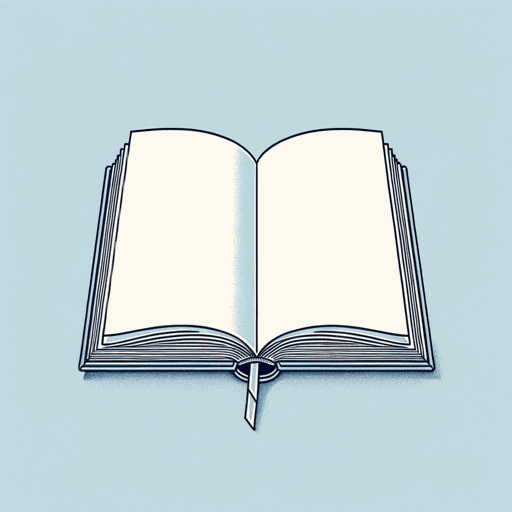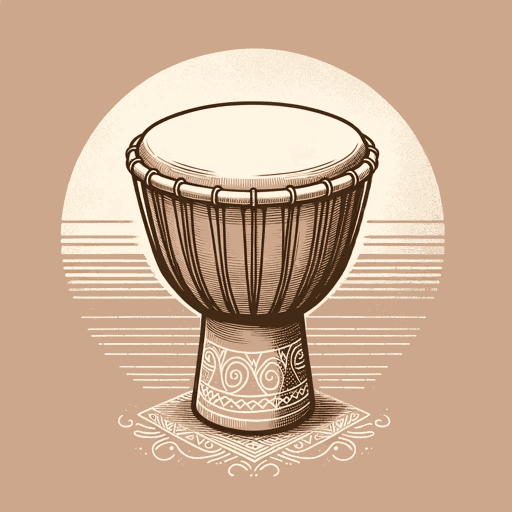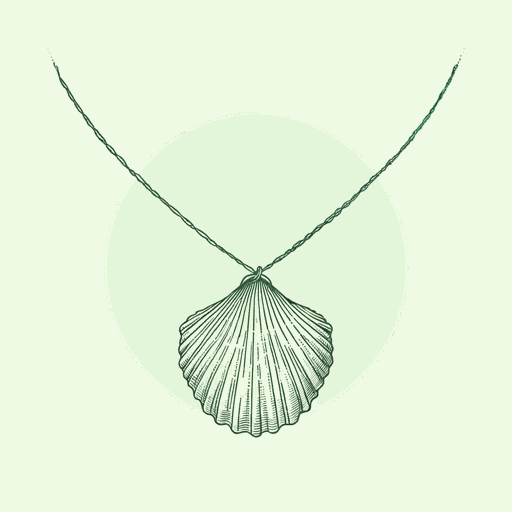57 pages • 1 hour read
Ta-Nehisi CoatesThe Water Dancer
Fiction | Novel | Adult | Published in 2019A modern alternative to SparkNotes and CliffsNotes, SuperSummary offers high-quality Study Guides with detailed chapter summaries and analysis of major themes, characters, and more.
Themes
The Neo-Slave Narrative: Revisioning the Story of Slavery
The Water Dancer taps into several important literary genres, but the one that is most apparent in terms of the characters, themes, and setting is the neo-slave narrative, which is in turn based on the genre of the slave narrative. Despite the overlap between these two genres, there are some important differences between them.
One of the most significant early contributions of African Americans to American literature is the slave narrative, an autobiographical tale by an ex-slave. These testimonies served as important contributions to the political movement to abolish slavery in the United States, with writers such as Frederick Douglass rising to political prominence as they put a face to the outrages suffered by the enslaved and condemned slaveholders and bystanders for failing to live up to Christian and democratic values.
The central characters of the slave narrative are the enslaved person, who generally writes after having gained freedom; the slave-owner corrupted by absolute power over the enslaved; other slaves (including family members); and helpers who allow the narrator to gain his or her freedom. The development of the characters in the slave narrative and the telling of the autobiography is always laser-focused on the primary rhetorical purpose of the slave narrative, which is to push the reader to support abolition of slavery.
Related Titles
By Ta-Nehisi Coates

Between the World and Me
Ta-Nehisi Coates

Letter to My Son
Ta-Nehisi Coates

The Beautiful Struggle
Ta-Nehisi Coates

The Case for Reparations
Ta-Nehisi Coates

We Were Eight Years in Power: An American Tragedy
Ta-Nehisi Coates

